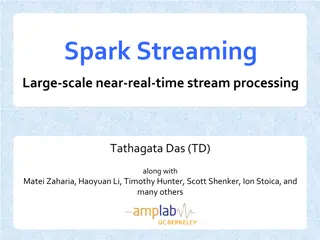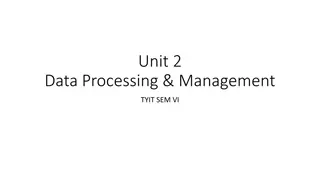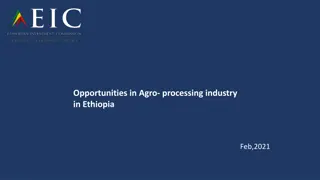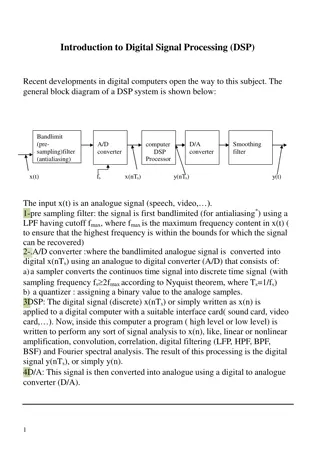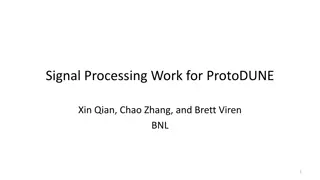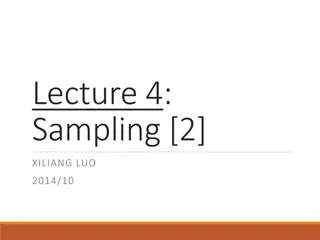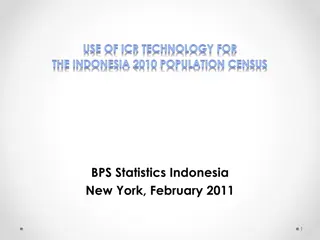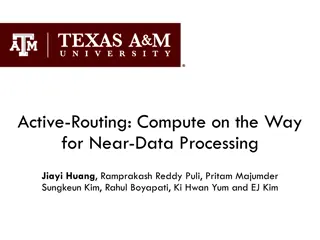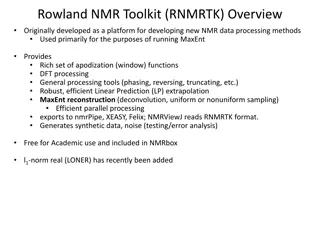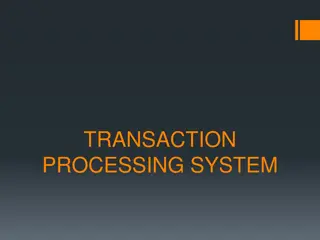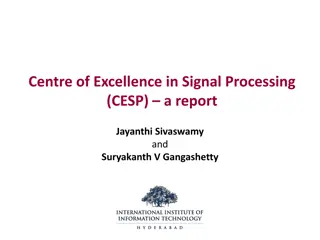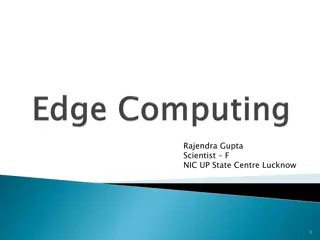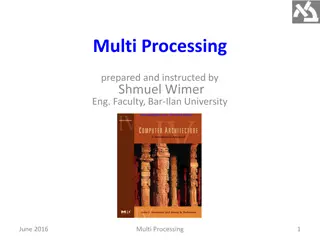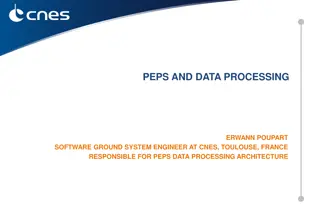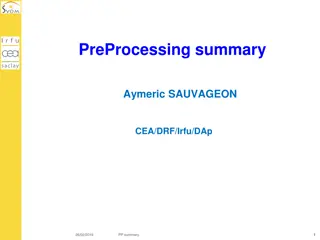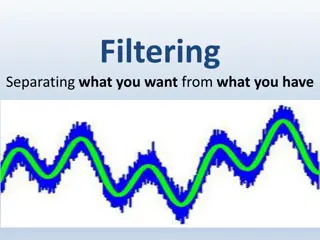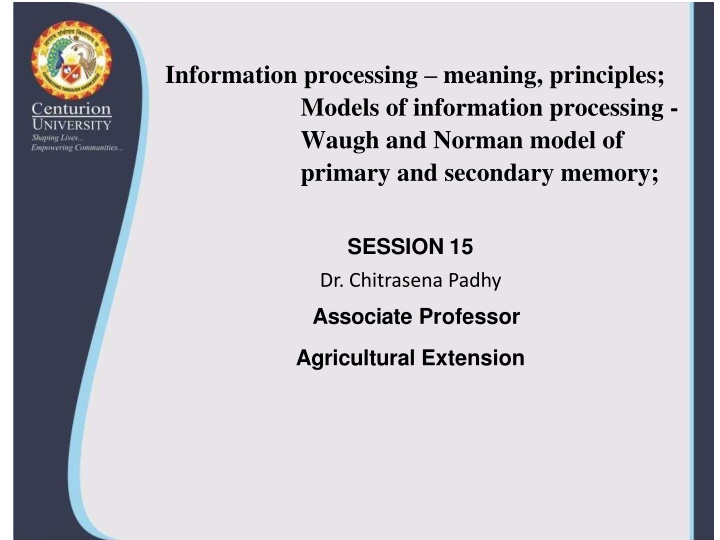
Information Processing Development in Children
Information processing in children involves how they perceive, analyze, and remember information over time. This cognitive development is ongoing and gradual, impacting areas such as attention, memory, processing speed, and organization of thinking. Changes in attention and sustained focus play a key role in memory development, with improvements seen in selective attention and multitasking abilities as children mature.
Download Presentation

Please find below an Image/Link to download the presentation.
The content on the website is provided AS IS for your information and personal use only. It may not be sold, licensed, or shared on other websites without obtaining consent from the author. If you encounter any issues during the download, it is possible that the publisher has removed the file from their server.
You are allowed to download the files provided on this website for personal or commercial use, subject to the condition that they are used lawfully. All files are the property of their respective owners.
The content on the website is provided AS IS for your information and personal use only. It may not be sold, licensed, or shared on other websites without obtaining consent from the author.
E N D
Presentation Transcript
Information processing meaning, principles; Models of information processing - Waugh and Norman model of primary and secondary memory; SESSION 15 Dr. Chitrasena Padhy Associate Professor Agricultural Extension
Information Processing is how individuals perceive, analyze, manipulate, use, and remember information. Unlike Piaget s theory, this approach proposes that cognitive development is ongoing and gradual, not organized into distinct stages. The areas of basic cognitive changes generally occur in five areas:
Attention: Improvements are seen in selective attention(the process by which one focuses on one stimulus while tuning out another), as well as divided attention (the ability to pay attention to two or more stimuli at the same time). Memory: Improvements are seen in working memory and long-term memory. Processing Speed: With maturation, children think more quickly. Processing speed improves sharply between age five and middle adolescence, levels off around age 15, and does not appear to change between late adolescence and adulthood.
Organization of Thinking: As children mature, they are more planful, they approach problems with strategy, and are flexible in using different strategies in different situations. Metacognition : Older children can think about thinking itself. This often involves monitoring one s own cognitive activity during the thinking process. Metacognitionprovides the ability to plan ahead, see the future consequences of an action, and provide alternative explanations of events.
Attention Changes in attention have been described by many as the key to changes in human memory (Nelson & Fivush, 2004; Posner & Rothbart, 2007). However, attention is not a unified function; it is comprised of sub-processes. Our ability to focus on a single task or stimulus while ignoring distracting information, called selective attention. There is a sharp improvement in selective attention from age six into adolescence (Vakil, Blachstein, Sheinman, & Greenstein, 2009).
Sustained attention The ability to stay on task for long periods. The ability to switch our focus between tasks or external stimuli is called divided attention or multitasking, which also improves into adolescence (Carlson, Zelazo, & Faja, 2013). Selective Attention The ability with selective attention tasks improves through childhood and into adolescence. While children s selective attention may be inconsistent during middle childhood, adolescents demonstrate the ability to select and prioritize stimuli for attention reliably.
The development of this ability is influenced by the child s temperament (Rothbart & Rueda, 2005), the complexity of the stimulus or task (Porporino, Shore, Iarocci & Burack, 2004), and may be dependent on whether the stimuli are visual or auditory (Guy, Rogers & Cornish, 2013). Guy et al. (2013) found that children s ability to attend to visual information selectively outpaced that of auditory stimuli. This change may explain why young children are not able to hear the voice of the teacher over the cacophony of sounds in the typical preschool classroom (Jones, Moore & Amitay, 2015).
Jones and his colleagues found that 4 to 7 year-olds could not filter out background noise, especially when its frequencies were close in sound to the target sound. In comparison, teens often performed similarly to adults. Sustained Attention Most measures of sustained attention typically ask individuals to spend several minutes focusing on one task, while waiting for an infrequent event, while there are multiple distractors for several minutes
Young children can retain their visual and auditory attention for approximately 5 minutes if they are 5- years-old, 6 minutes if they are 6-years old, 7 minutes if they are 7-years-old, and so on. If a task is interesting or novel, the child may sustain attention substantially longer. Sustained attention improves to around age 10, then plateaus with only small improvements to adulthood. Common estimates of the attention span of healthy teenagers and adults range from 10 to 20 minutes
There is some debate as to whether attention is consistently sustained or whether people repeatedly choose to re-focus on the same thing (Raichle, 1999) This ability to renew attention permits people to payattention to things that last for more than a few minutes. Divided Attention Divided attention can be thought of in a couple of ways. We may look at how well people can multitask, performing two or more tasks simultaneously, or how people can alternate attention between two or more tasks.
For example, walking and talking to a friend at the same time is multitasking, where trying to text while driving requires us to alternate attention between two tasks quickly. Memory Memory is an information processing system; therefore, we often compare it to a computer. Memory is the set of processes used to encode, store, and retrieve information over different periods of time.
Encoding We get information into our brains through a process called encoding, which is the input of information into the memory system. Once we receive sensory information from the environment, our brains label or code it. We organize the information with other similar information and connect new concepts to existing concepts. Encoding information occurs through automatic processing and effortful processing.
Visual encoding The encoding of images, and acoustic encoding is the encoding of sounds, words in particular. To see how visual encoding works, read over this list of words: car, level, dog, truth, book, value. If you were asked later to recall the words from this list, which ones do you think you d most likely remember? You would probably have an easier time recalling the words car, dog, and book, and a more difficult time recalling the words level, truth, and value.
Storage Once the information has been encoded, we have to retain it somehow. Our brains take the encoded information and place it in storage. Storage is the creation of a permanent record of information. Sensory Memory In the Atkinson-Shiffrin model, stimuli from the environment are processed first in sensory memory
Storage of brief sensory events, such as sights, sounds, and tastes. It is very brief storage, essentially long enough for the brain to register and start processing the information. Sensory memory can hold visual information for about half of a second and auditory information for a few seconds.


